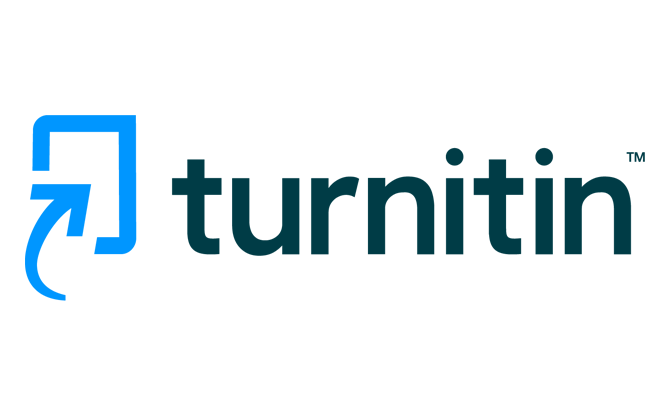Isolation and Characteristics of Corn-Based Cellulolytic Fungi as Fibrous Feed Bioactivators
DOI:
https://doi.org/10.32734/jpi.v6i3.2157Keywords:
Cellulolytic Fungi, microbes, cornAbstract
Microbes live in nature freely in water, air, or soil. One type of microbe is fungi. Fungi are microorganisms that are able to degrade fiber. This study aims to isolate fungi from corn waste and test the degradation ability of the best corn waste fungi fiber as a fibrous feed bioactivator. This research was carried out at the Laboratory of Animal Production, Faculty of Agriculture, Animal Husbandry Study Program, University of North Sumatra, in March 2018 - June 2018. This study used corn waste (corn cobs, corn straw, corn husk, corn flowers and corn roots). Parameters observed were macroscopic morphology (colony size, colony shape, clony color, colony elevation, colony edge), microscopic morphology (form of hyphae, conidial shape, and conidiophoric surface) and the ability to degrade fiber in fungi. Conclusions from the results of research on corn waste exploration obtained 6 fungi isolates, 4 of which were cellulolytic fungi that were able to degrade fibrous feed, namely two strains of Aspergillus sp., Fusarium sp., And Rizoctonia sp. Isolates which have a potential to degrade fiber are JE isolates (Rizoctonia sp. fungi) with a cellulolytic index of 1,178.
Downloads
Downloads
Published
Issue
Section
License
The Authors submitting a manuscript do so on the understanding that if accepted for publication, copyright of the article shall be assigned to Jurnal Peternakan Integratif as well as TALENTA Publisher Universitas Sumatera Utara as the publisher of the journal.
Copyright encompasses exclusive rights to reproduce and deliver the article in all forms and media. The reproduction of any part of this journal, its storage in databases and its transmission by any form or media, will be allowed only with written permission from Jurnal Peternakan Integratif.
The Copyright Transfer Form can be downloaded here.
The copyright form should be signed originally and sent to the Editorial Office in the form of original mail or scanned document.















